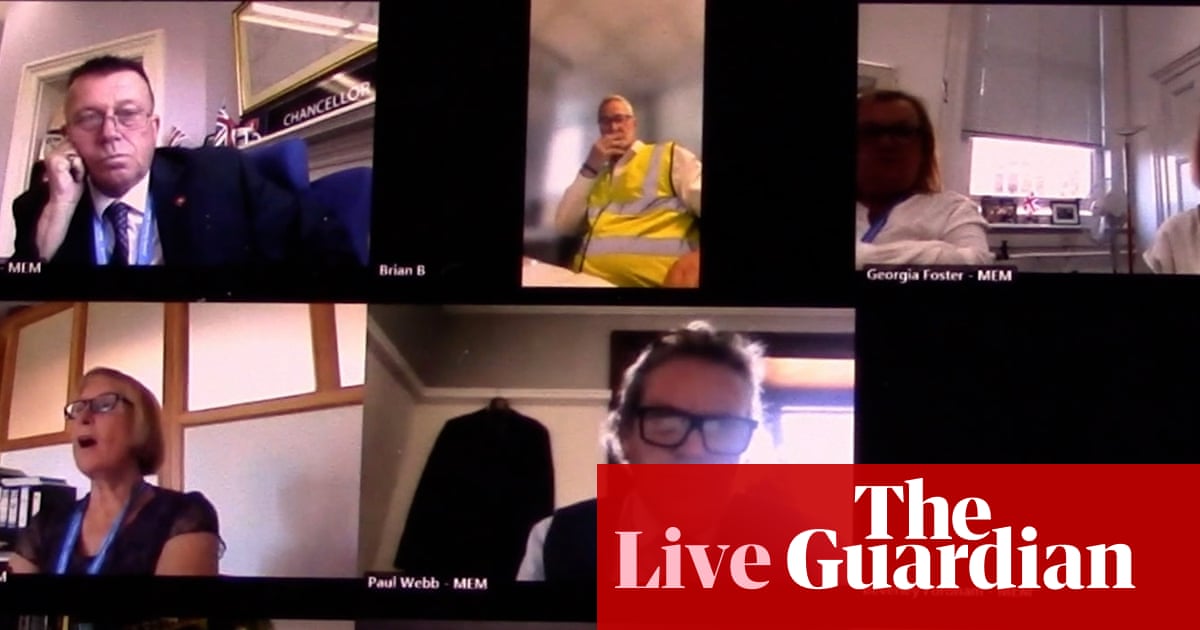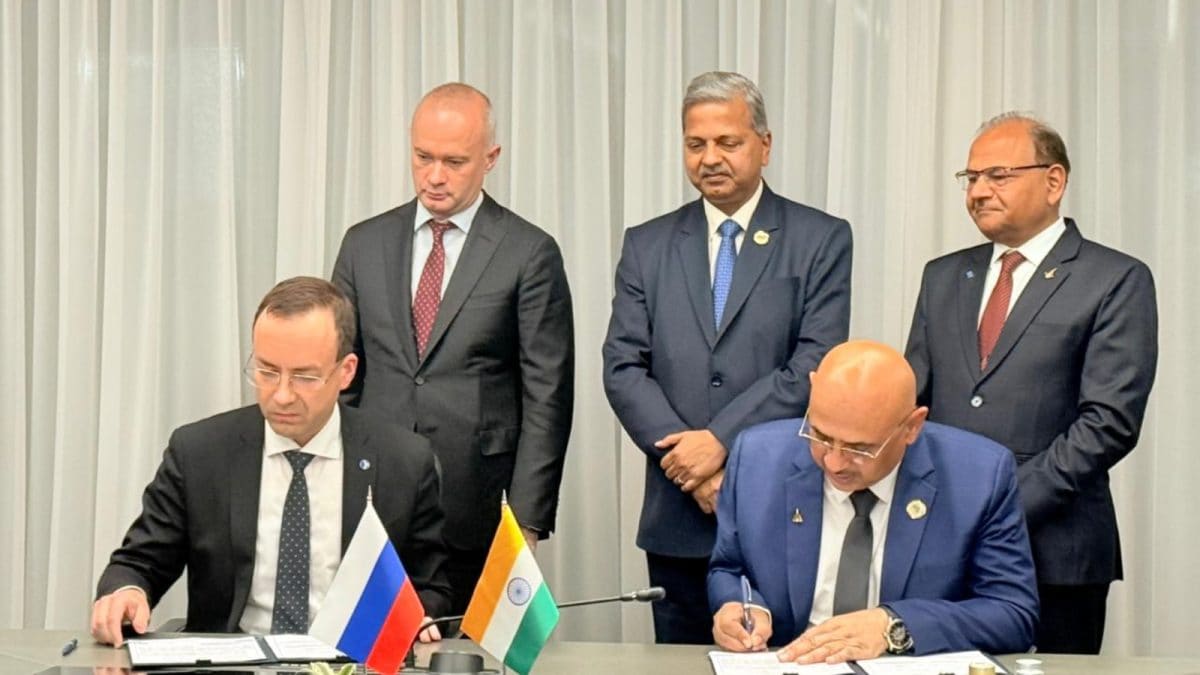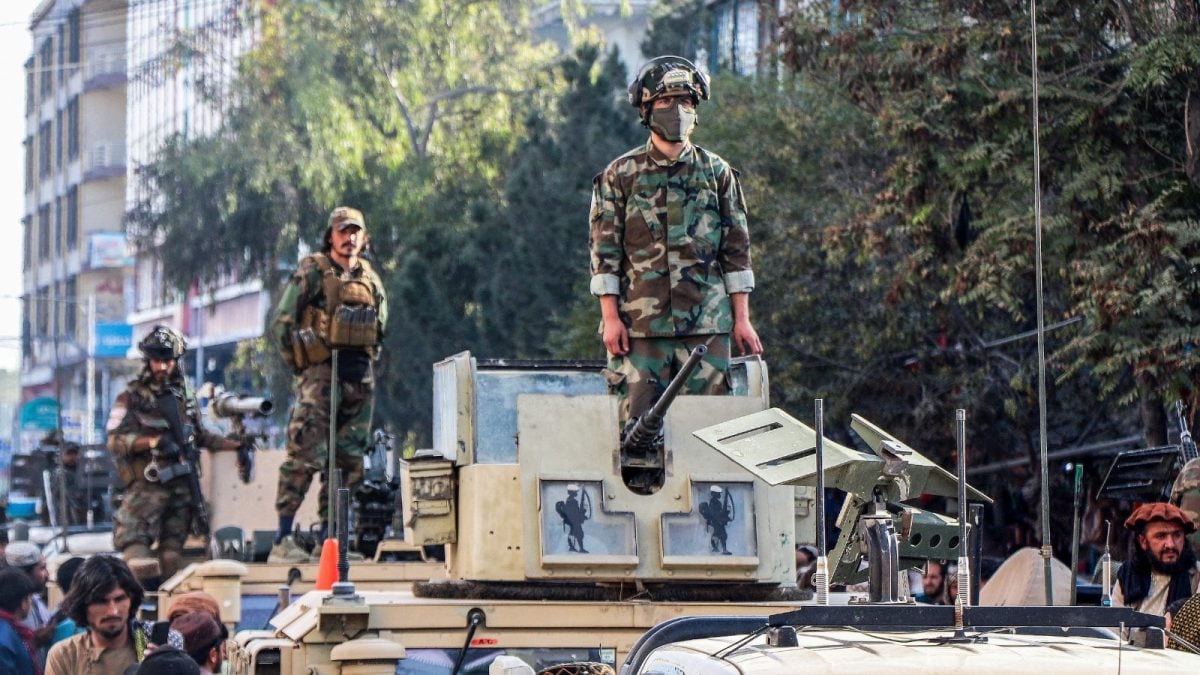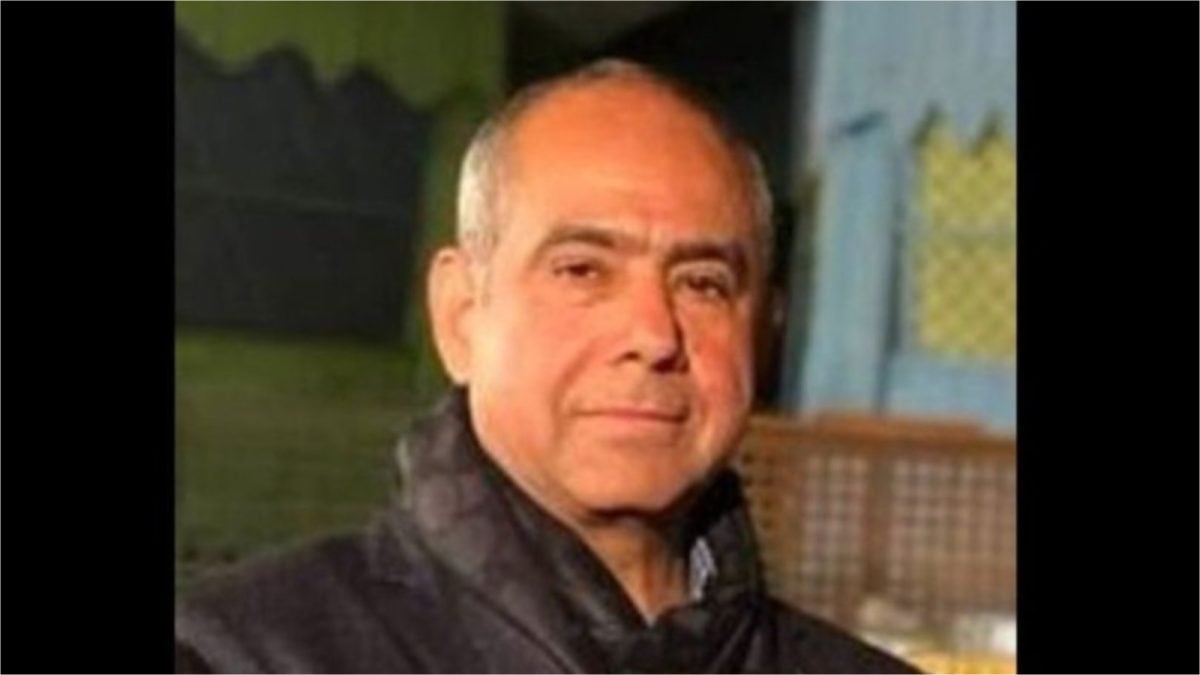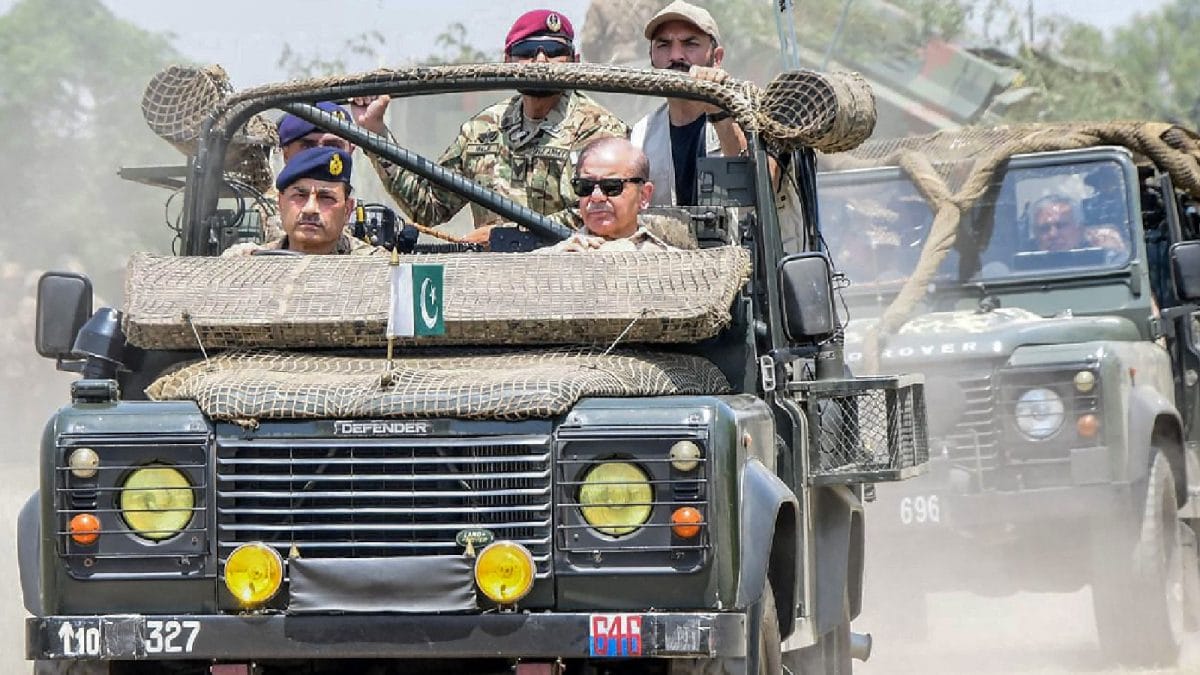US President Donald Trump has signalled imminent military action in Venezuela. Here is a look at the three broad options for the US in South America.

A Venezuelan Navy patrol boat sails off the Carribean coast amid heightened tensions with the U.S
Venezuela is in the crosshairs of US President Donald Trump and his newly renamed Department of War. The oil-rich South American nation has been at the receiving end of withering US sanctions since 2015. But Trump will now settle for nothing short of regime change. And so, President Nicolas Maduro must go.
Trump publicly hinted at a US military invasion of the South American country during his first presidency in August 2017. In his second term, the diplomatic rhetoric has intensified into what signals imminent military action.
TRUMP's MANOEUVRES NEAR VENEZUELA
In August, Trump authorised the doubling of the bounty on Maduro to $50 million, as part of his regime's "maximum pressure" campaign. This month, Trump authorised the CIA to begin covert operations inside Venezuela, deployed B-1 and B-52 bombers and special forces to the region, moved F-35 stealth jets to Puerto Rico, and directed the USS Gerald Ford carrier strike group to the region.
Since September, the US has conducted 10 airstrikes on alleged drug vessels in the Caribbean and Pacific, destroying boats linked to Colombian and Venezuelan cartels like Cartel de los Soles and Tren de Aragua.
The US has sent a destroyer, the USS Gravely, to Trinidad and Tobago, within firing distance of Venezuela. There are a total of seven US warships in the Caribbean, and with the arrival of the Ford strike group, Trump will soon have more warships near Venezuela than the US had deployed off Cuba during the missile crisis of 1962.
Similarities with past US regime-change operations — Grenada (1983), Panama (1993) and Iraq (2003) — are too many to ignore. Grenada had a Marxist regime, and in Panama, a former CIA-backed strongman went rogue.
Both were overthrown by swift military operations - 'Urgent Fury' and 'Just Cause'. Saddam Hussein, who ruled an oil-rich Iraq, was toppled in 2003 by a US-UK coalition that used faulty intelligence that he was developing weapons of mass destruction.
In 2025, the strongman is Maduro, who rules a country with one of the world's largest proven oil reserves - over 300 billion barrels, in a country twice the size of Iraq. (Venezuela is nearly the size of the three largest Indian states of Rajasthan, Madhya Pradesh and Maharashtra).
The US aircraft carrier, USS Gerald Ford, is presently sailing across the Atlantic and can arrive off Venezuela in the next 10 days. The 90,000-tonne Ford is the world's largest warship and carries twice as many aircraft as are in the Venezuelan air force.
There are three plausible options on how the scenario in Venezuela can play out in the weeks ahead. What the US does in Venezuela will be watched closely by the world, which wants to know whether this will be another case of Trump Always Chickens Out or 'TACO' - not following threats with action - or whether he will actually kill the chicken (Venezuela) to scare the monkeys (China) and re-establish the US's Monroe Doctrine - no outside influence in its backyard.

COVERT ACTIONS LEADING TO REGIME CHANGE
The first scenario is where the US effects regime change without the US military entering combat. Key regime figures are assassinated, and there is a mutiny where Maduro is forced out, either into hiding in the jungles of Venezuela or in exile, China or Russia.
This played out in Syria last December, where a Western-backed former Al-Qaeda leader, Ahmed al-Sharaa, overthrew the Bashar al-Assad regime in Syria. A painless exit by Maduro would be the most preferred option in Venezuela, but difficult for various reasons.
There are no significantly organised domestic insurgency groups like Jolani's Hayat Tahrir al-Sham (HTS), which can march into Caracas. The Colombian cross-border insurgents that operate in Venezuela are primarily engaged in drug trafficking, illegal mining and extortion.
Maduro has a tight leash on the government. His regime recently claimed to have uncovered a CIA-backed false flag operation to attack a US warship in the region.
LIMITED US MILITARY ACTION
A hypothetical US-led operation will likely emphasise rapid, low-casualty operations to topple the Maduro regime rather than risk a prolonged occupation. This would mean building up pressure on the Venezuelan government through limited strikes against military installations.
In early November, the USS Gerald Ford, along with Carrier Strike Group 12, five Arleigh Burke-class destroyers, USS Mahan, USS Bainbridge, USS Ramage and USS Winston Churchill will arrive off the coast of Venezuela.
Here, the CSG joins an estimated 10,000 US troops, eight warships and F-35s to begin calibrated military pressure on Venezuela. If Maduro gives in and hands power to the opposition, the US will pronounce mission accomplished and withdraw.
FULL-SCALE US MILITARY INVASION
If Maduro resists Trump's gunboat diplomacy and offensive posturing, he will leave no option for the US but to mount a full-scale military invasion. On the face of it, this option looks extremely tempting for the US.
Venezuela's puny military has less than two squadrons of fighter jets, F-16s and Su-30MK2s, which can be easily overmatched by Ford's fleet of F/A-18s and shore-based F-35s. The Venezuelan navy has no operational submarines and comprises a handful of gunboats and offshore patrol vessels, and landing ships that won't last a few hours in a fight with the US.
Venezuela's army of approximately 1,00,000 soldiers has been hobbled by economic challenges, corruption, maintenance issues and low operational readiness. Estimates suggest barely one-third of the total manpower is available for duty.
An invasion is doable but problematic for various reasons, not the least of which is President Trump's own boast of being the only US President (in the 21st century) to not start a war and his own hustle for a Nobel Prize.
The US has just over 2,500 Marines, currently insufficient for a sustained military invasion of Venezuela. They could surge around 50,000 US troops, as per estimates prepared by US think tank RAND, numbers that could be augmented by regional allies to mount a full-scale invasion. It may involve US troops thrusting in from Colombia in the east, Guyana in the west, amphibious landings, and paratroopers and special forces converging on the capital, Caracas.
Maduro is incapable of resisting a US invasion. His approach prioritises deterrence by aiming to make the invasion costly via guerrilla-style resistance over conventional warfare. The strongman President has activated the Bolivarian militia, around 4 million strong and comprising civilian volunteers, including public sector workers and indigenous groups, to fight this sort of invasion.
It remains to be seen if Maduro can mobilise nationwide resistance against a US invasion and continue fighting a guerrilla war.
Venezuela's jungles, mountains, and Orinoco River deltas favour defenders that would turn Venezuela into an Iraq-style quagmire for the US. This scenario and the US public's unwillingness to support yet another regional war make a full-scale military invasion extremely unlikely.
- Ends
Published By:
Abhishek De
Published On:
Oct 28, 2025

 4 hours ago
4 hours ago






